Optimal Timing for Waterproofing Projects
Proper timing for waterproofing is essential to ensure long-lasting protection against water intrusion. The optimal period depends on climate conditions, temperature ranges, and project-specific factors. Generally, the best time for waterproofing is during dry, mild weather to allow for proper application and curing of materials.
Spring offers moderate temperatures and reduced rainfall, making it ideal for waterproofing projects before summer.
Early summer provides warm, dry weather, but high humidity and rainstorms can interfere with application and curing.
Fall can be suitable if temperatures remain above freezing and there is minimal precipitation, ensuring effective waterproofing before winter.
Winter is generally unsuitable due to freezing temperatures and increased moisture, which can compromise waterproofing materials.
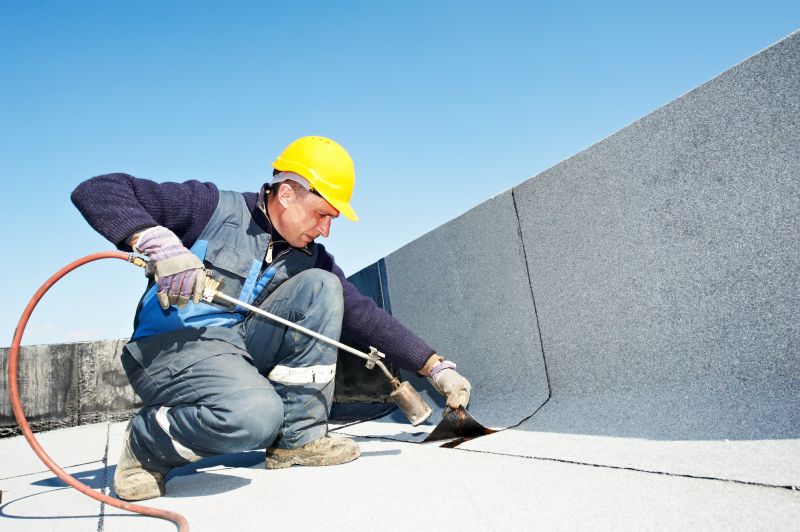
Ways to make Waterproofings work in tight or awkward layouts.
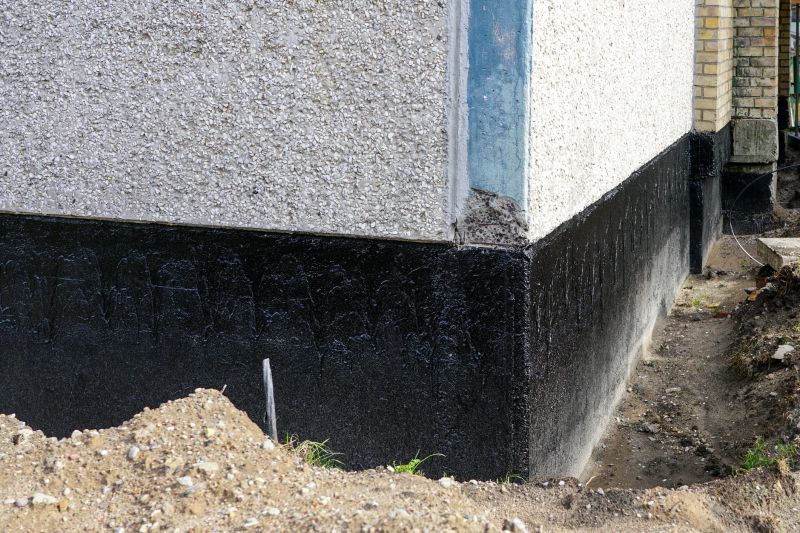
Popular materials for Waterproofings and why they hold up over time.
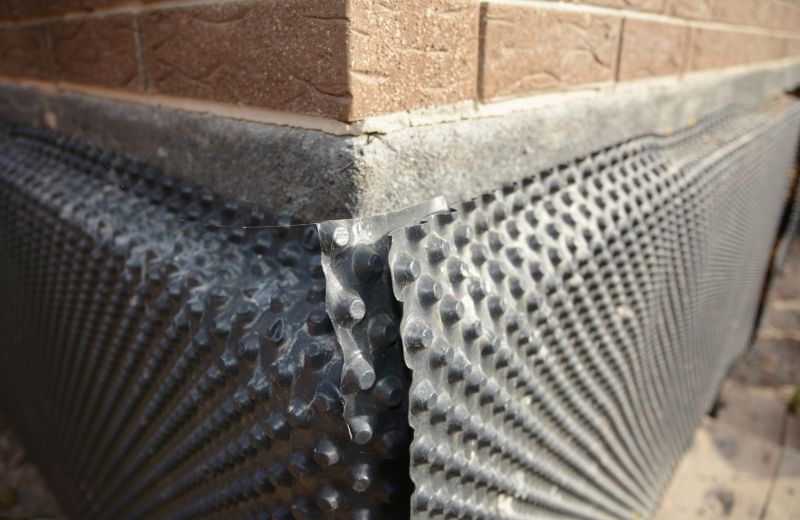
Simple add-ons that improve Waterproofings without blowing the budget.
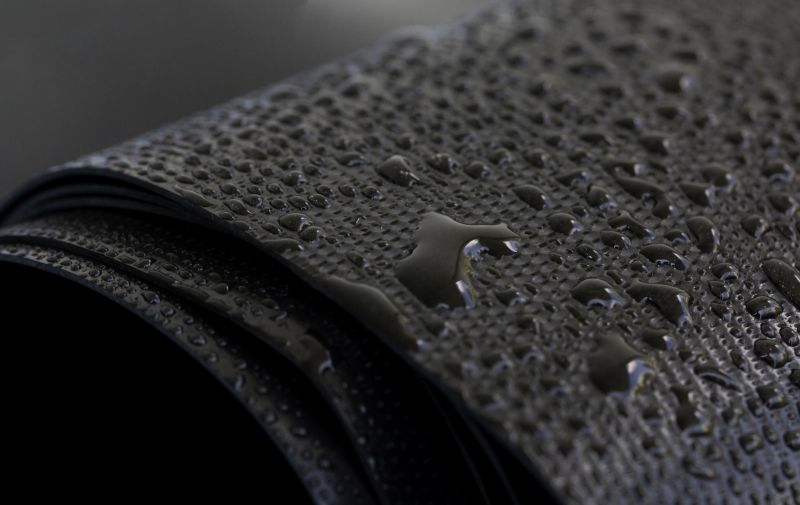
High-end options that actually feel worth it for Waterproofings.
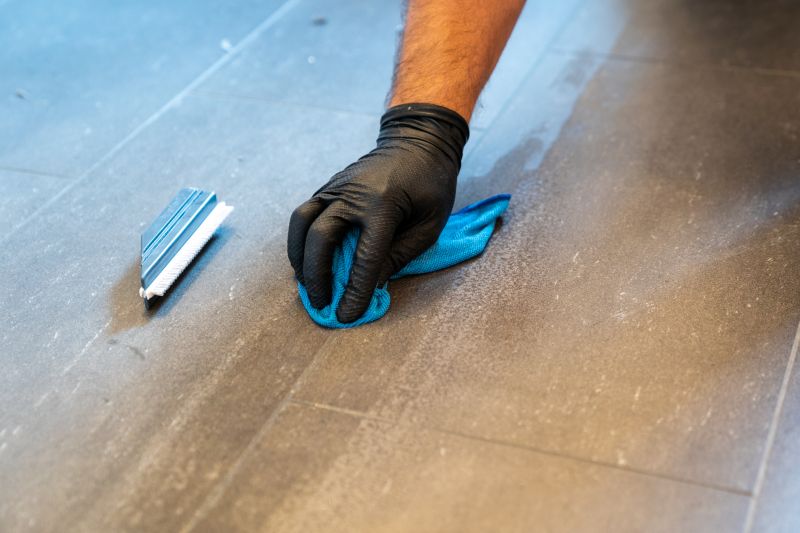
Finishes and colors that play nicely with Waterproofings.
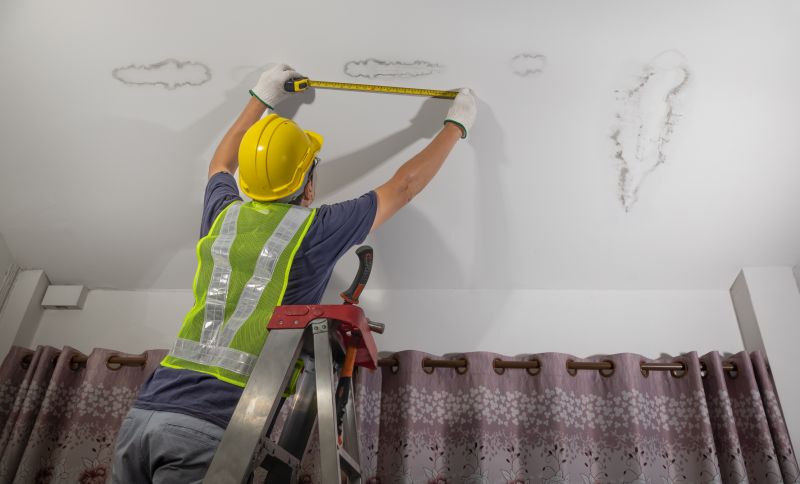
Little measurements that prevent headaches on Waterproofings day.
Waterproofing is a critical component in protecting structures from water damage, which can lead to mold, structural deterioration, and costly repairs. Proper application at the right time ensures durability and effectiveness. Waterproofing materials include membranes, coatings, and sealants, each suited for specific surfaces and conditions.

A 60-second routine that keeps Waterproofings looking new.
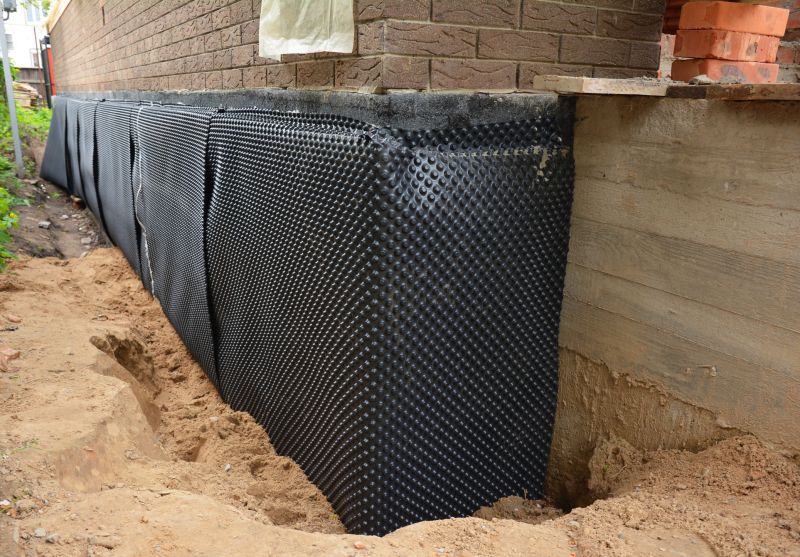
A frequent mistake in Waterproofings and how to dodge it.

Small tweaks to make Waterproofings safer and easier to use.
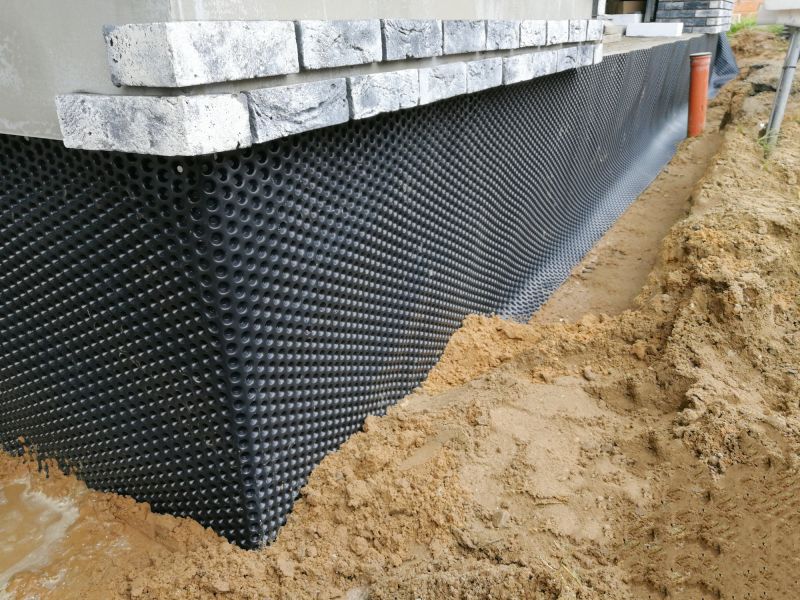
Lower-waste or water-saving choices for Waterproofings.
| Season | Advantages |
|---|---|
| Spring | Moderate temperatures and low precipitation facilitate application. |
| Summer | Warm weather enhances curing; early summer is optimal. |
| Fall | Ideal if temperatures stay above freezing. |
| Winter | Generally unsuitable due to freezing and moisture. |
Selecting the appropriate time for waterproofing depends on regional climate and project requirements. Proper planning ensures the longevity and effectiveness of waterproofing systems, helping to prevent water-related structural issues.

